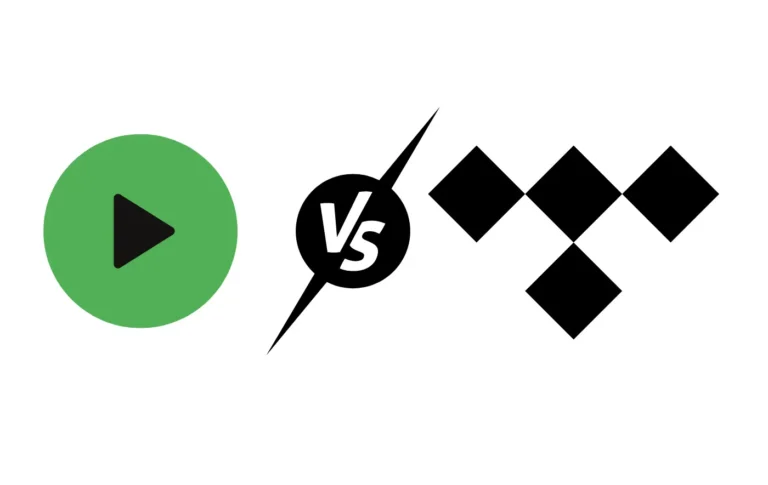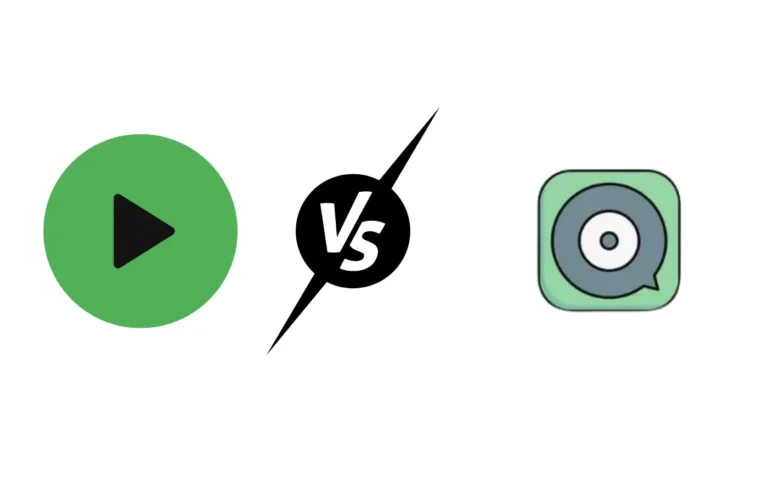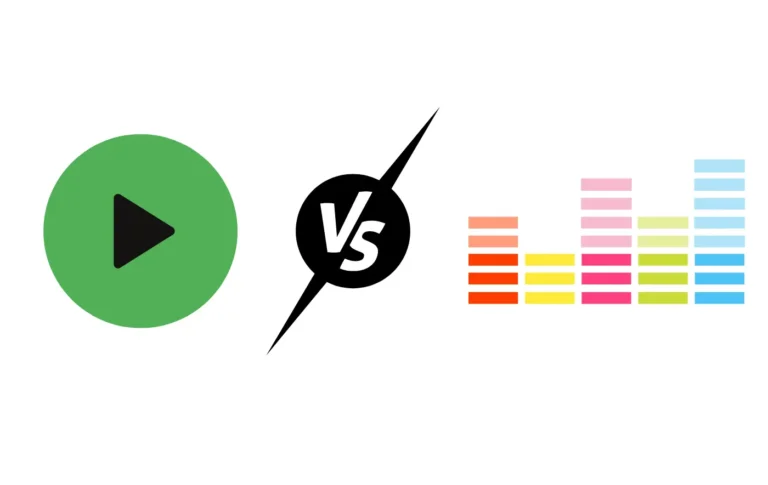Spotify vs Apple Music: Best Choice for You?
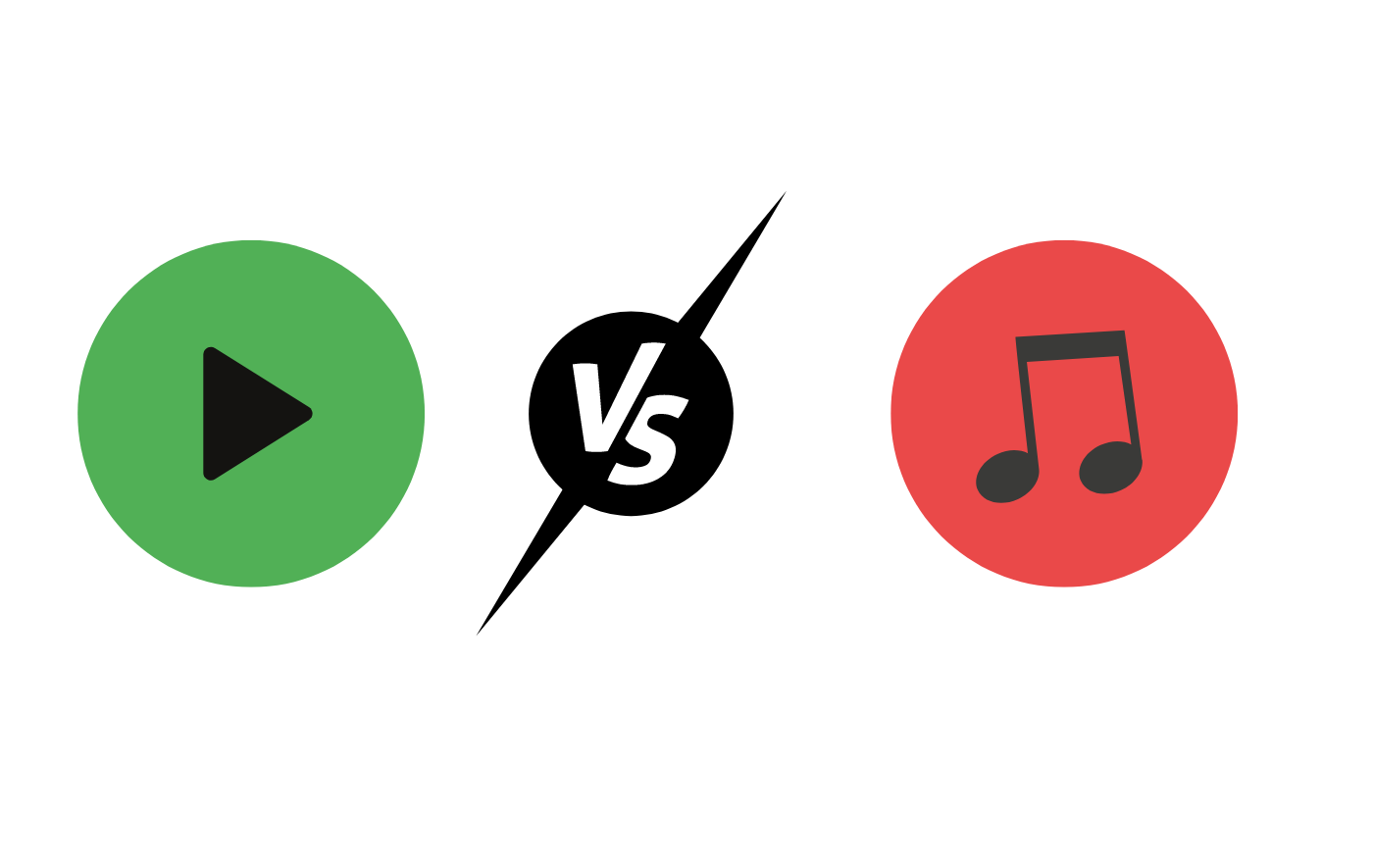
In the dynamic realm of digital soundscapes, 83% of teenage smartphone users in the United States report using the best music streaming services like Spotify and Apple Music in 2024.
This striking statistic underlines the continued dominance and rivalry between the two giants to be crowned the best music streaming platform.
Making an informed choice in the Spotify vs. Apple Music debate demands a nuanced music streaming service comparison, delving into various aspects such as app experience, music catalog depth, and user interface intuitiveness.
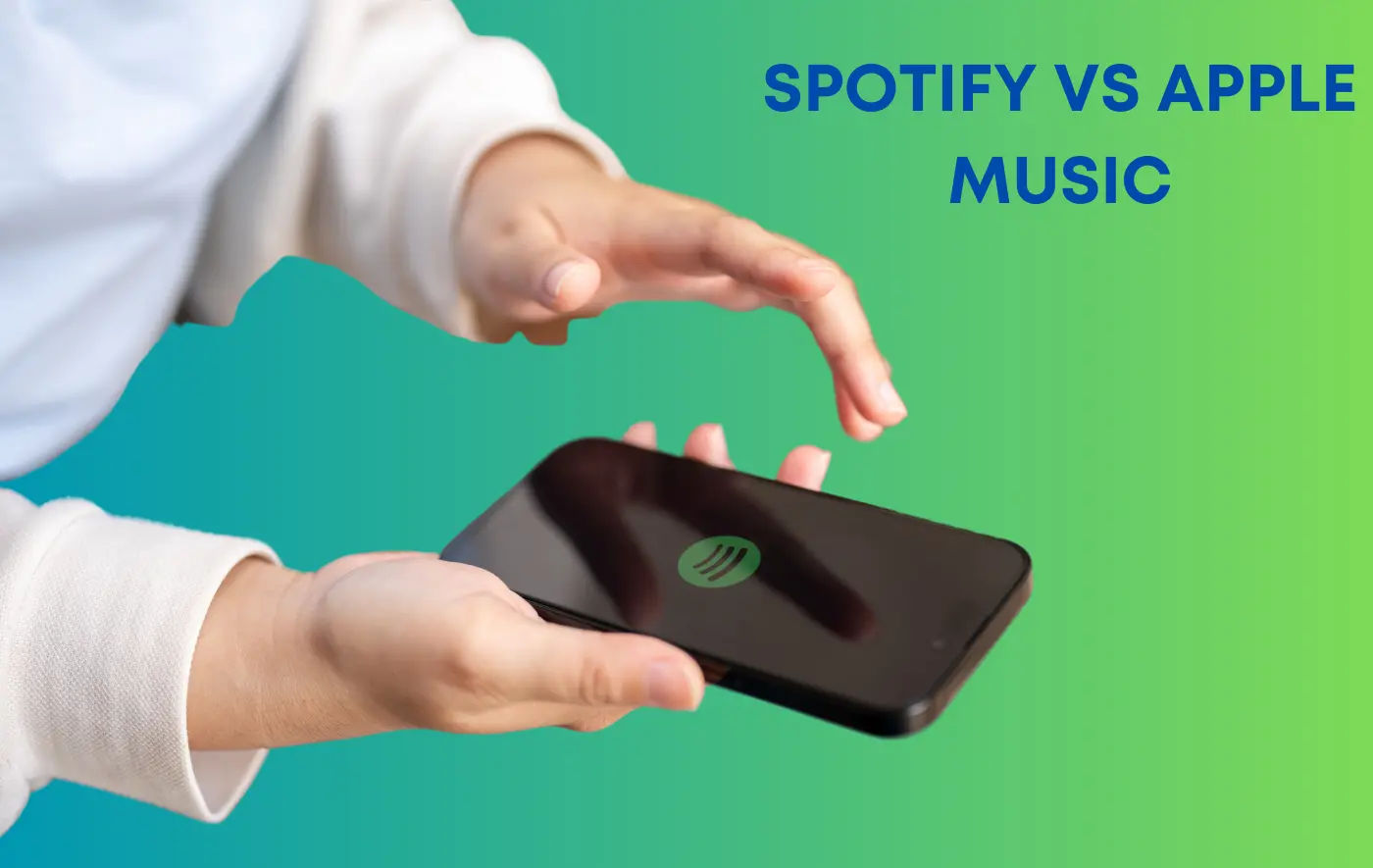
This discussion is not merely about Spotify or Apple Music as standalone options but rather an exploration of which is better, Spotify or Apple Music, given your listening habits and preferences as we enter 2024.
Music Streaming Services: Understanding
In the ever-expanding digital age, music streaming has become an integral part of everyday life, granting instant access to a world of music with just a click.
Spotify and Apple Music emerge as frontrunners, ushering in a new era of how we stream music. These platforms have fundamentally shifted the paradigm from owning to accessing MMusic, underscoring the central role of music streaming services in the contemporary music industry.
The catalytic rise of these music apps can be credited to their ability to offer personalized, diverse, and portable music experiences. Innovations such as algorithmically generated playlists and intelligent recommendations have made these services more than just apps; they’ve transformed into indispensable music discovery and enjoyment tools.
This section dissects the components that have made Spotify and Apple Music benchmarks for an effective music streaming app review. It highlights the convenience and variety they provide users seeking to stream music across various devices.
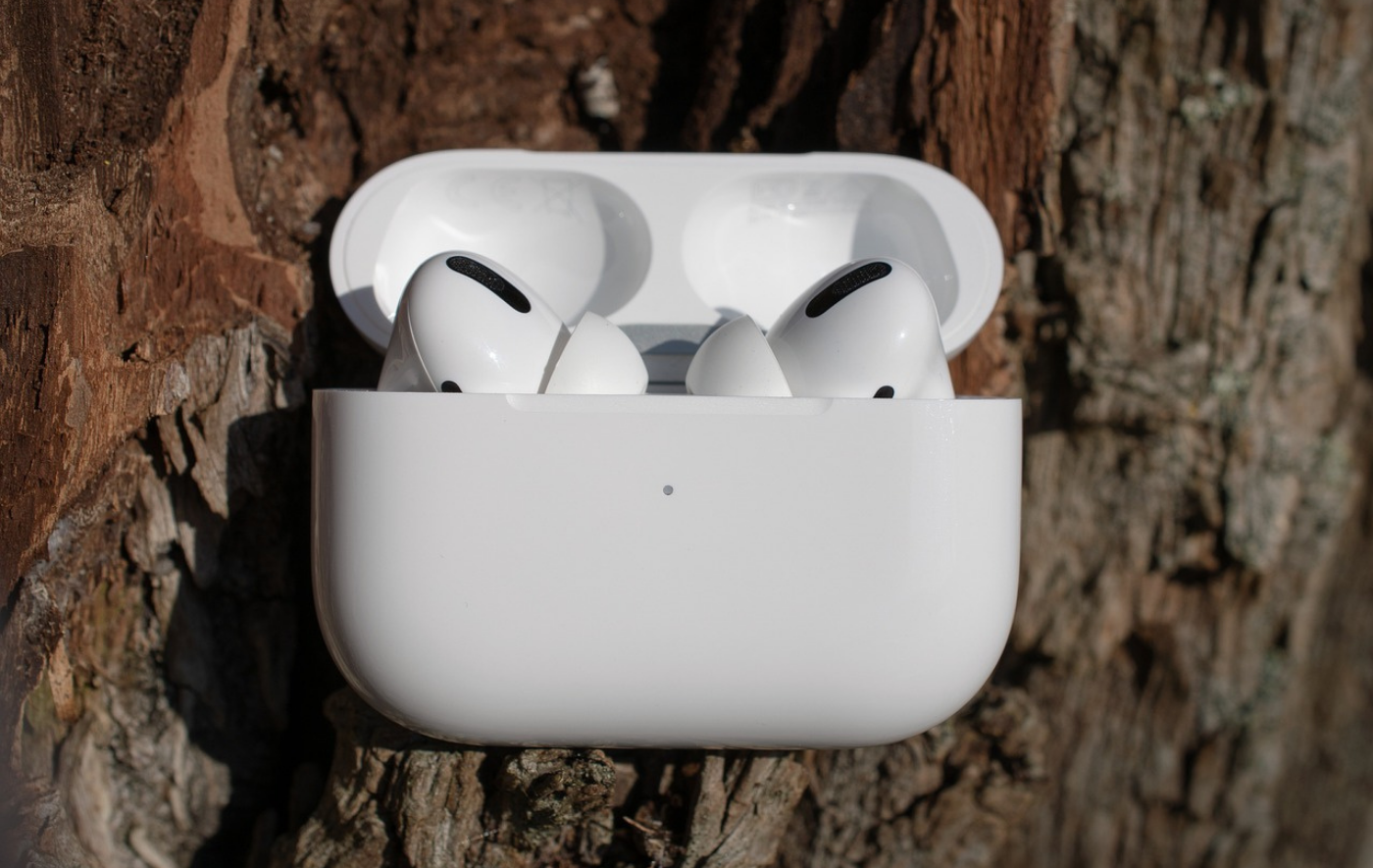
To crystallize how these two giants dominate the industry, let’s examine their features, starting with Spotify’s extensive playlist curation and seamless cross-platform compatibility juxtaposed with Apple Music’s integration with the broader Apple ecosystem and high-fidelity audio standards.
What places these services at the summit of music streaming is their extensive libraries, quality, and ongoing commitment to improving the user experience and innovating access to MMusic.
An In-Depth Look at Spotify’s Features
As the competition between music streaming services intensifies, Spotify continues to hold a significant edge in the industry thanks to its robust features and superior user experience. Whether it’s the allure of Spotify Premium with its ad-free listening or the extensive Spotify offers, music lovers are increasingly inclined to use Spotify over other platforms.
Below, we dissect the components that make Spotify a formidable contender against rivals like Apple Music.
Spotify Premium Benefits
Access to MMusic is paramount, and with Spotify Premium, subscribers are treated to an uninterrupted flow of their favorite tunes.
The premium tier removes ads, provides better sound quality, and allows users to download tracks for offline play.
A lack of internet connectivity should never hinder whether to listen to MMusic, and Spotify Premium ensures it doesn’t.
Spotify’s Vast Music Library
When it comes to variety, Spotify’s music library is unrivaled. The platform boasts millions of songs spanning every genre imaginable, ensuring something for everyone.
From the latest pop hits to obscure indie tracks, Spotify’s collection is a testament to its commitment to providing a comprehensive music-listening experience.
Discovering New Music on Spotify
One of the standout Spotify vs. Apple Music features is Spotify’s unparalleled approach to music discovery.
Powered by sophisticated algorithms and human curation, Spotify’s playlists and recommendation system guide listeners to new and exciting artists, fostering a community of discovery and musical growth.
This isn’t just about listening passively; it’s about engaging with the vibrant, ever-evolving landscape of music.
The Unique Offerings of Apple Music
Regarding streaming services, Apple Music has carved out a niche with its blend of innovative features and strong integration with the Apple ecosystem.
Apple Music enhances the listening experience through its unique offerings and ensures seamless compatibility with various Apple devices.
Its service goes beyond MMusic, dovetailing with other Apple products to create a comprehensive media experience.
Integrating with Apple’s Ecosystem
Integration is a cornerstone of the Apple experience, and Apple Music is no exception. Subscribers using any Apple device, from iPhones to iPads, enjoy a harmonious and interconnected environment where their music library and preferences sync effortlessly.
Exclusive Apple Music leverages this ecosystem, providing users with a seamlessly integrated service. For example, through Apple One, users can access a bundle that includes Apple Music, Apple TV, iCloud, and other services, offering value and convenience unparalleled by standalone subscriptions.
Apple Music’s Spatial Audio Experience
Apple Music also transforms the auditory landscape with its spatial audio feature, providing an immersive sound that replicates a three-dimensional audio experience.
Unlike traditional stereo sound, spatial audio with support for Dolby Atmos creates an enveloping listening experience that many users have highlighted as a game-changer.
This leap in audio technology is not limited to Apple’s earbuds or headphones; it extends to the entire range of Apple devices, including the Apple TV, delivering a cinema-like experience right into users’ living rooms.
Spotify vs Apple Music: A Feature Comparison
Choosing between Spotify and Apple Music can often seem daunting, but understanding their features can simplify the decision.
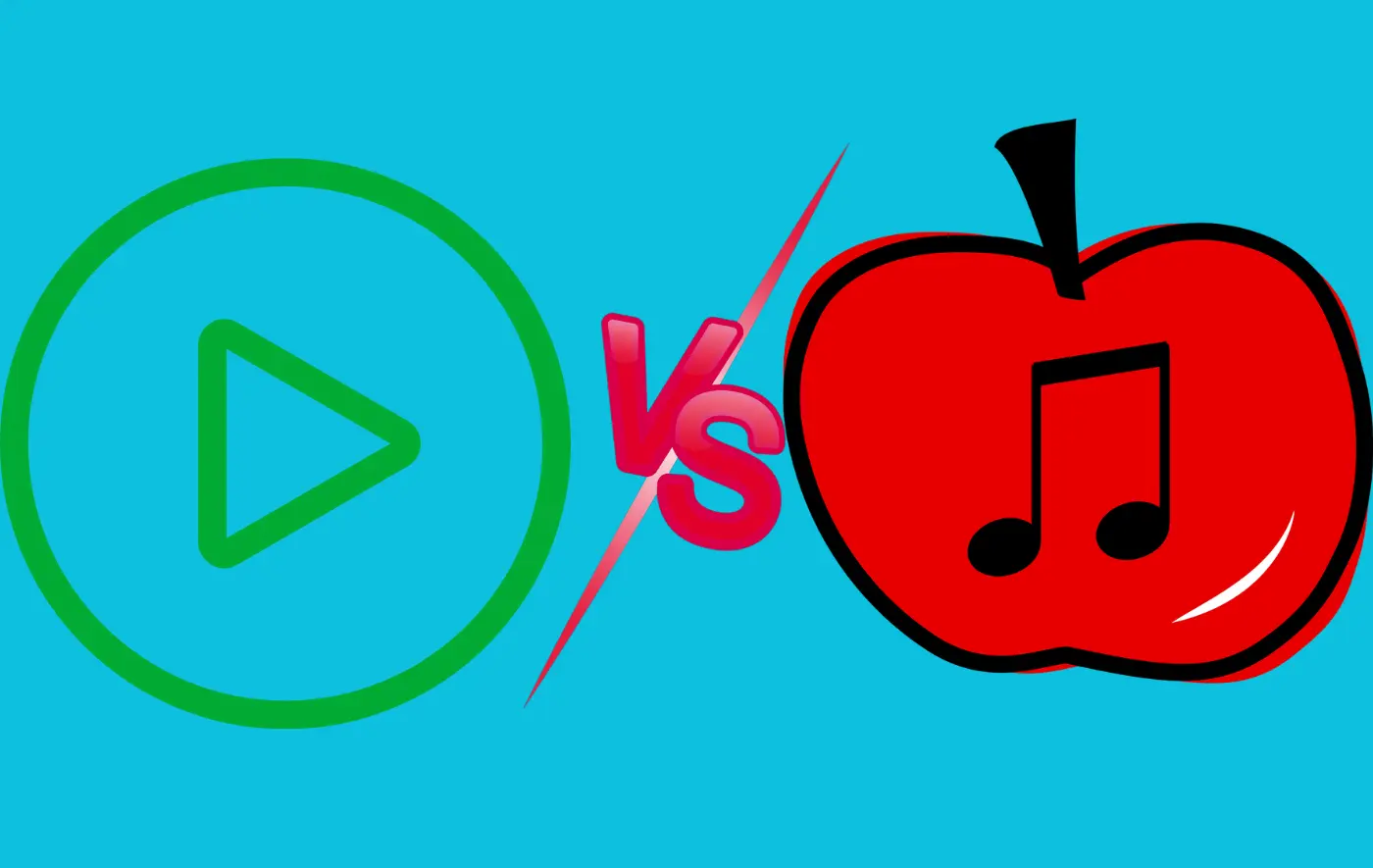
Here, we delve into the details that set them apart.
Let’s explore the key features where Spotify and Apple Music differ and weigh the quality and differences as we head into 2024.
| Feature | Spotify | Apple Music |
|---|---|---|
| Subscription Price | Varying plans with student and family discounts | Seamless integration with iOS and the ecosystem of Apple devices |
| Music Library | Over 70 million songs | Over 90 million songs |
| Music Discovery & Personalization | Curated playlists, Spotify Wrapped | Algorithmic recommendations, Apple Music 1 radio station, and Spotify’s curated playlist |
| Audio Quality | Up to 320kbps for Premium | Lossless audio up to 24-bit/192 kHz |
| Exclusive Content | Spotify Sessions, early releases | Exclusive albums, interviews |
| Social Features | Playlist sharing, Collaborative playlists | Listen Now tab, Music sharing with friends |
| Offline Listening | Listen Now tab, Music sharing with friends | Available for all subscription levels |
| Platforms | The app is available on most devices, including competitors’ products | Seamless integration with iOS and ecosystem of Apple devices |
When comparing Spotify vs. Apple Music quality in 2024, it’s clear that each service presents a compelling case.
Spotify remains a frontrunner for social listening experiences and personalized end-of-year roundups that users adore. Conversely, Apple Music edges forward with higher-resolution audio options, catering to audiophiles craving premium sound experiences.
The differences between Spotify and Apple Music manifest in their exclusive content offerings, where each platform secures unique music releases and content to attract subscribers.
Ultimately, your decision between Spotify and Apple Music might come down to how particular features align with your listening preferences, whether it’s about discovering groundbreaking new tunes or immersing yourself in high-quality soundscapes.
While each has its own distinct advantages, both Spotify and Apple Music continue to push the envelope, ensuring the best possible experience for music fans worldwide.
Audio Quality Battle: Analyzing Sound Output
Regarding streaming music, the quest for pristine audio quality can be the deciding factor for many audiophiles in choosing a platform. Spotify and Apple Music have become well-known rivals in offering a premium sound experience to their users.
In this section, we will delve into the technical specifications, discuss contributions from audiophile communities, and analyze consumer feedback to understand which service delivers superior sound quality.
High-definition Music has been a buzzword in the industry for quite some time. It refers to the bitrate and absence of compression artifacts and the sound’s richness, clarity, and depth.
Spotify and Apple Music have significantly improved in ensuring listeners receive this experience, but how do they compare?
| Feature | Spotify | Apple Music |
|---|---|---|
| Maximum Bitrate | 320 kbps | 256 kbps |
| Audio Compression | Ogg Vorbis | AAC |
| HD Audio Availability | Limited | Available for all songs |
| User Feedback on Quality | Generally Positive | Highly Praised |
| Sound Engineer Reviews | Good Performance | Exceptional Details and Clarity |
Both platforms offer a range of settings that can be tailored to the listener’s preference and, importantly, the capabilities of their playback equipment. Even the most luxurious high-definition music is lost if listened to on subpar headphones or speakers.
Advocates for sound purity point out that, while Spotify’s higher bitrate might seem advantageous, Apple Music’s use of the Advanced Audio Codec (AAC) is regarded for its efficiency and premium sound experience, even at a slightly lower bitrate.
The discerning ear may notice the subtle nuances in depth and soundstage that high-res audio delivers, while the casual listener will appreciate the clear, rich output that both services offer.
In conclusion, both Spotify and Apple Music extensively cater to those prioritizing quality. Users can choose between comparable yet distinct auditory experiences, from bit rates to compression methods, each with merits.
Evaluating Music Discovery on Both Platforms
Music discovery remains a pivotal aspect of the modern streaming experience. With Apple Music and Spotify pushing the boundaries of personalization and curation, platforms like Spotify also aim to introduce features like Spotify HiFi to compete with Apple Music’s sound quality.
Users seek out these services to listen to familiar tracks and uncover new and exciting sounds that resonate with their tastes.
This section dives deep into how each platform guides users toward the best music through the intelligent use of user preferences and innovative features.
Personalized Playlists and Recommendations
Spotify has long been lauded for its data-driven approach to music discovery, notably through its annual Spotify Wrapped feature, which gives users a retrospective on their year of music listening.
The platform’s recommendation algorithms consider user listening habits to create a bespoke listening experience with playlists like “Discover Weekly” and “Release Radar.” The impactful data analysis by Spotify translates into personalized experiences that often lead to the discovery of new artists and genres.
In contrast, Apple Music uses the power of its ecosystem to personalize its music offerings. With seamless integration into the Apple ecosystem, the service provides recommendations across all devices, aiming to cater to the diverse music preferences of its user base.
“For You” is a hallmark of Apple’s personalized touch, providing a curated selection of albums and playlists based on the user’s listening history and purchased music.
Exclusivity and Curated Content
While both platforms excel at offering personalized content, exclusivity and curated content are where they begin to differentiate themselves.
Apple Music occasionally secures exclusive releases from top artists, appealing to die-hard fans eager for early access to the latest tracks. Alongside these exclusives, they provide expertly curated playlists with a human touch, with the likes of “Apple Music 1” radio showcasing handpicked music by industry insiders.
On its part, Spotify offers many curated playlists that span every conceivable genre, mood, and activity, a nod to its understanding of MMusic’s place in everyday life. With collaborative playlist features and community-driven content, Spotify is a frontrunner in the music discovery race.
The commitment to enhancing the music discovery journey defines the core of Apple Music and Spotify for discovering new music. Where Spotify thrives with algorithms and community engagement, Apple Music brings exclusivity and human-curated experiences.
The choice for users depends on whether they prefer a more personalized algorithmic approach or the allure of exclusivity and editorial content.
Price and Subscription Plans: Spotify and Apple Music
When determining the best MMusic streaming service value, analyzing the various subscriptions available is essential. Both Spotify and Apple Music have crafted plans to cater to diverse listener needs, from individuals to families, and offer special rates for students.
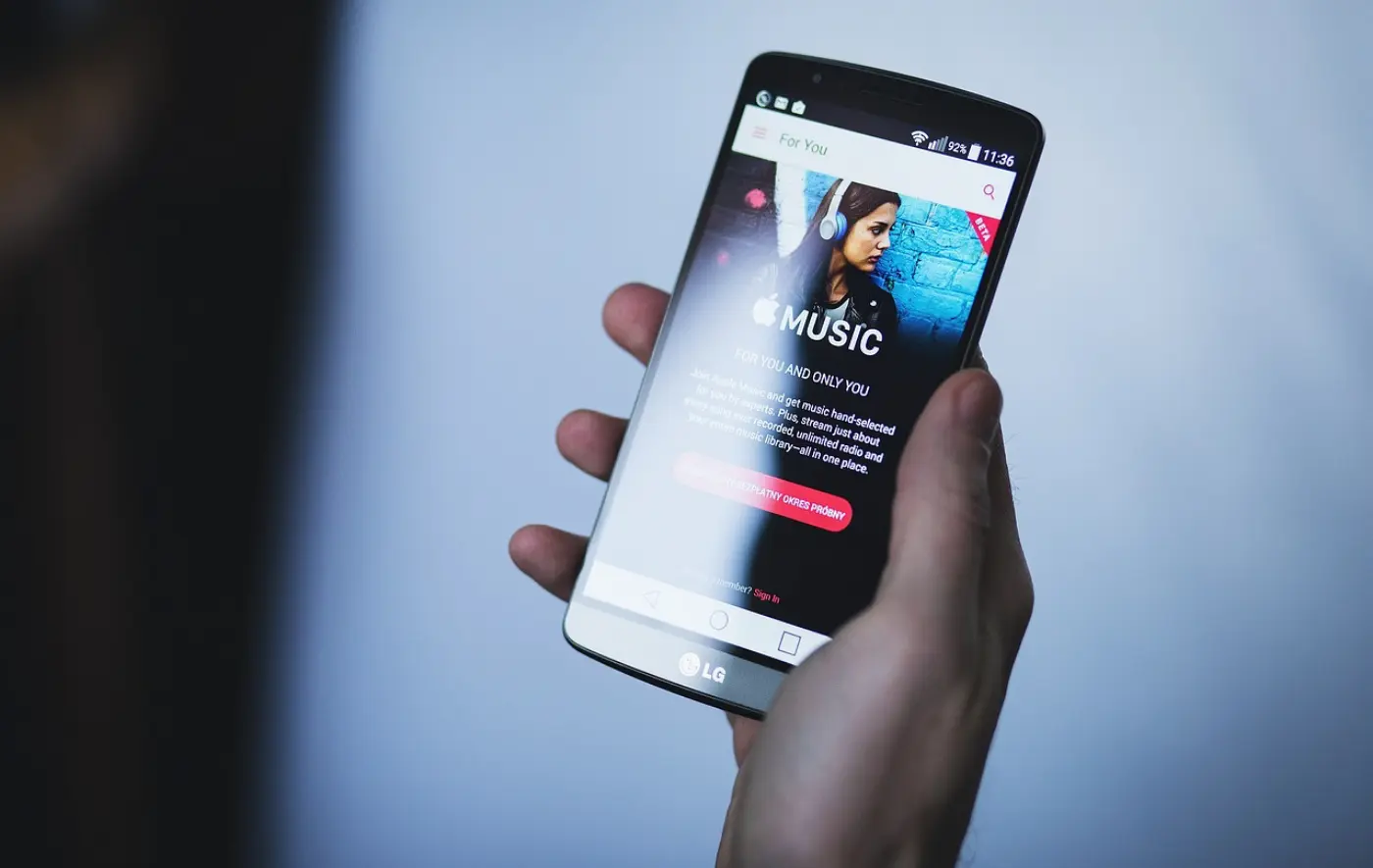
A critical feature that often tips the scales is the availability of an Apple Music free version and the different Spotify shows that compete for users’ loyalty.
Family and Individual Plans
Both streaming giants offer a Family Plan, which enables multiple users to enjoy MMusic under one account, aiming to provide savings and convenience for households.
The individual plans are set at competitive prices, reflecting the push toward acquiring solo listeners.
A detailed subscription comparison reveals that both services curate their offerings to match listeners’ lifestyles and budget requirements.
Student Discounts and Free Trials
Understanding the budget constraints of students, Spotify and Apple Music offer discounted rates and attractive free trial periods for their services.
These strategic promotions are crafted to introduce the platforms to a younger demographic, hoping to convert them into long-term subscribers as they graduate into full-priced plans.
User Experience: Spotify and Apple Music Apps
With the demand for on-the-go tunes higher than ever, the mobile music streaming experience Music services like Spotify and Apple Music, now considered some of the best music streaming services, have become a pivotal factor in user retention.
Users frequently compare the desktop app and mobile interfaces, expecting seamless synchronization and a coherent design language across platforms.
| Feature | Spotify User Experience | Apple Music User Experience |
|---|---|---|
| Navigation | User-friendly with intuitive swipe controls and a well-organized menu | clean interface with a focus on minimalistic design |
| Design | Dark theme that is easy on the eyes, especially during night-time browsing | Bright and vibrant look, aligned with overall Apple aesthetics |
| Personalization | Highly personalized playlists based on user’s listening habits | Curated playlists and stations handpicked by experts |
| Discoverability | Connect feature to stay updated with artists and the latest releases | Connect feature to stay updated with artists and latest releases |
| Platform Integration | Strong cross-platform performance, responsive on both desktop and mobile | Seamless integration with Apple ecosystem but limited outside it |
| Search Functionality | Robust search with various filters and sorting options | Siri-enabled voice search with context recognition |
Expert reviews and user feedback suggest that while Spotify shines with its algorithm-driven personalization and dark-mode interface, Apple Music offers a more integrated experience for users within the Apple ecosystem.
The battle for the best mobile music streaming experience continues, and as preferences evolve, so will the offerings of these top-tier music services.
Accessibility and Device Compatibility
In today’s interconnected world, listeners expect their MMusic streaming services to provide seamless experiences across various devices. Apple Music and Spotify have been at the forefront of tech integration, delivering multiple device streaming capabilities that cater to the modern lifestyle.
Let’s delve into the compatibility aspects of these services and how they ensure you can always listen to MMusic, whether on the go or in the comfort of your smart home.
Listening to Multiple Devices
Apple Music and Spotify offer robust solutions for subscribers who want the flexibility to listen to music on many devices.
Users can effortlessly switch between their phones, tablets, laptops, and wearables without missing a beat.
The evolution of streaming technology has made it possible to begin a playlist on one device and continue it on another, ensuring that your music is always at your fingertips.
Compatibility with Smart Devices and Speakers
Integrating smart speakers has been a game-changer in the music streaming industry.
Both services support streaming via popular smart speakers, which offer a hands-free music experience activated by simple voice commands.
Whether you’re a Siri aficionado or a Google Assistant guru, these platforms have adapted to understand and respond to your requirements, turning any room into a live stage.
Examining Offline Listening Capabilities
The rise of streaming music services has revolutionized the way we enjoy our favorite tunes.
However, one critical feature for users on the go is the ability to engage in offline listening. Both Spotify and Apple Music offer this indispensable feature, catering to the no-internet music experience essential for many, especially during travel.
In this guide, we’ll investigate how these two giants enable music downloads for offline enjoyment and compare their performances.
Spotify allows premium subscribers to download up to 10,000 songs on a maximum of 5 devices. This generous limit is ideal for those seeking a diverse traveling music listening collection.
Furthermore, Spotify ensures that the sound quality of downloaded tracks does not falter, providing the same immersive sound experience offline as enjoyed online.
Apple Music typically matches Spotify’s download limits and extends the same high-quality audio to music downloads. Additionally, Apple Music integrates seamlessly with your library, enabling you to mix both purchased iTunes tracks and streamed songs within your offline playlists.
The Social Aspect: Sharing and Connecting on Music Apps
One pivotal feature of today’s music streaming services is their social dimension, enabling users to bridge connections through the universal language of music.
Not merely repositories for vast library tracks, platforms like Spotify and Apple Music have integrated myriad tools designed with music app social sharing at their core.
These tools empower users with playlist creation capabilities and the chance to connect with friends through music, amplifying music’s enjoyment.
Creating and Sharing Playlists
Both Spotify and Apple Music understand the importance of personal expression through music. Creating and sharing playlists on Spotify is a seamless process that encourages users to become curators of their musical worlds.
The ability to effortlessly share these compilations with peers solidifies the platform’s status as a social hub for music lovers.
Apple Music, while offering similar playlist creation and sharing functionality, also respects the boundaries of its users, ensuring music app privacy is not compromised amid connectivity.
Spotify’s Social Features vs. Apple Music’s Privacy
Spotify’s social features stand out with collaborative playlists and features that provide insights into friends’ listening activities, promoting a shared experience that’s highly visible.
Apple Music counters with a slightly different take, emphasizing a more intimate and private approach. Subscribers can share playlists, yet their activities are not as publicly broadcast, catering to those who prefer discretion in their music-listening journey.
These contrasting stances highlight the diverse user experiences catered to by each service, accommodating the different preferences for social engagement within the digital music landscape.
Related Topic:
Related Article: Apple and Spotify

